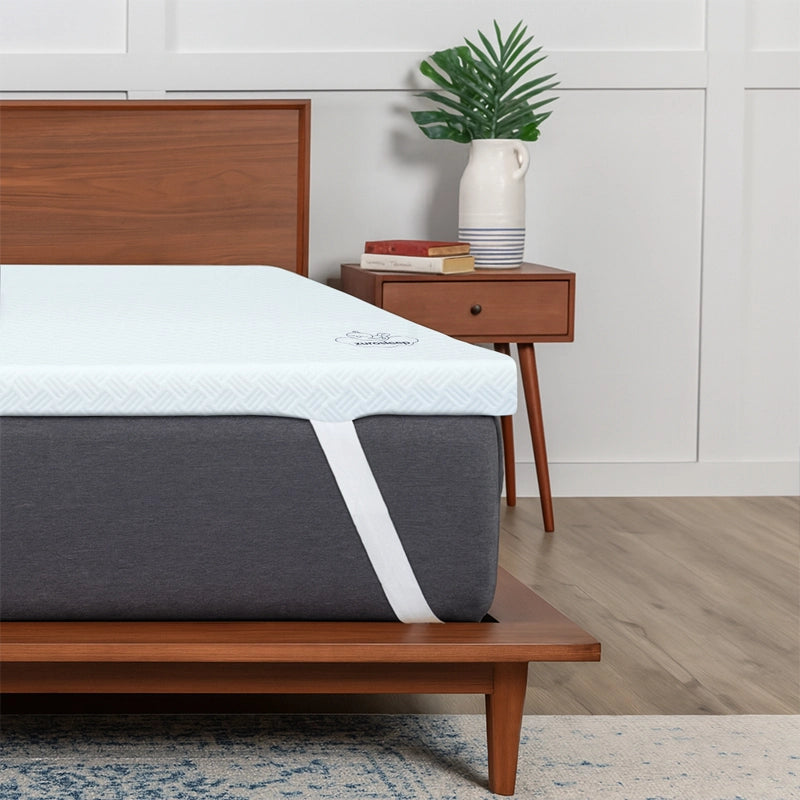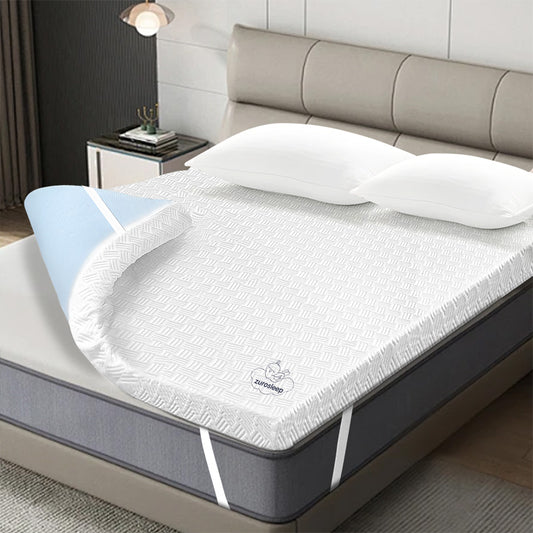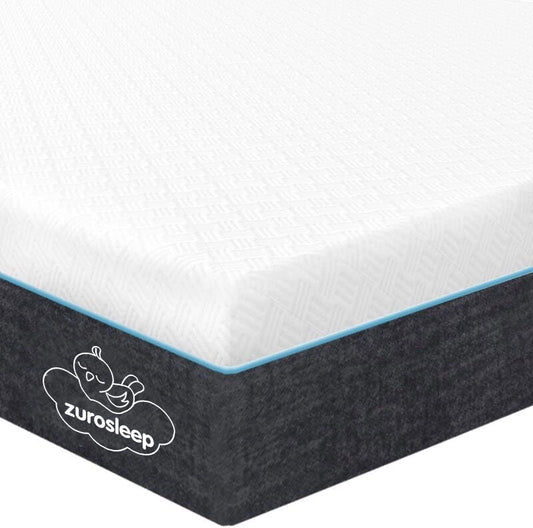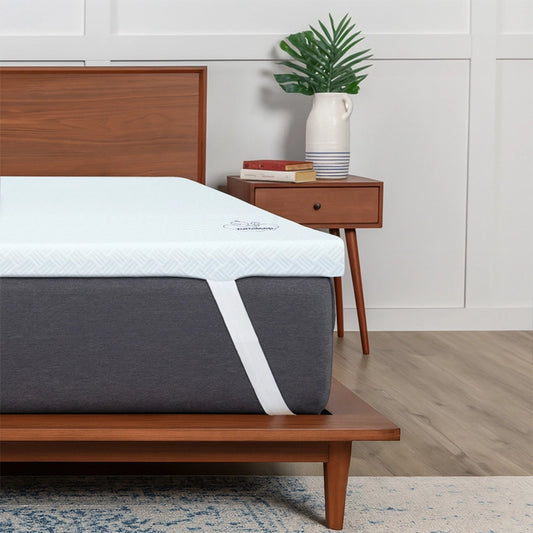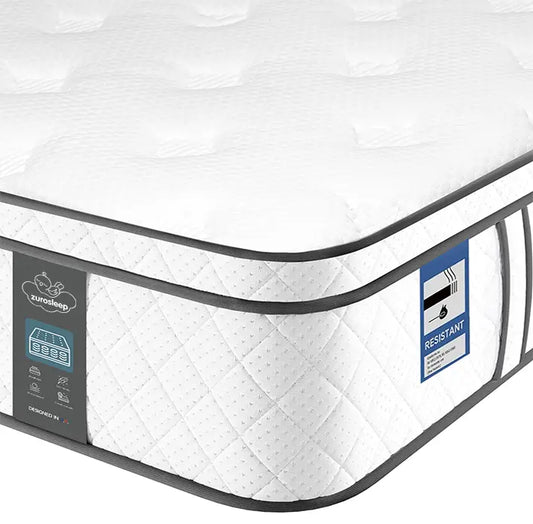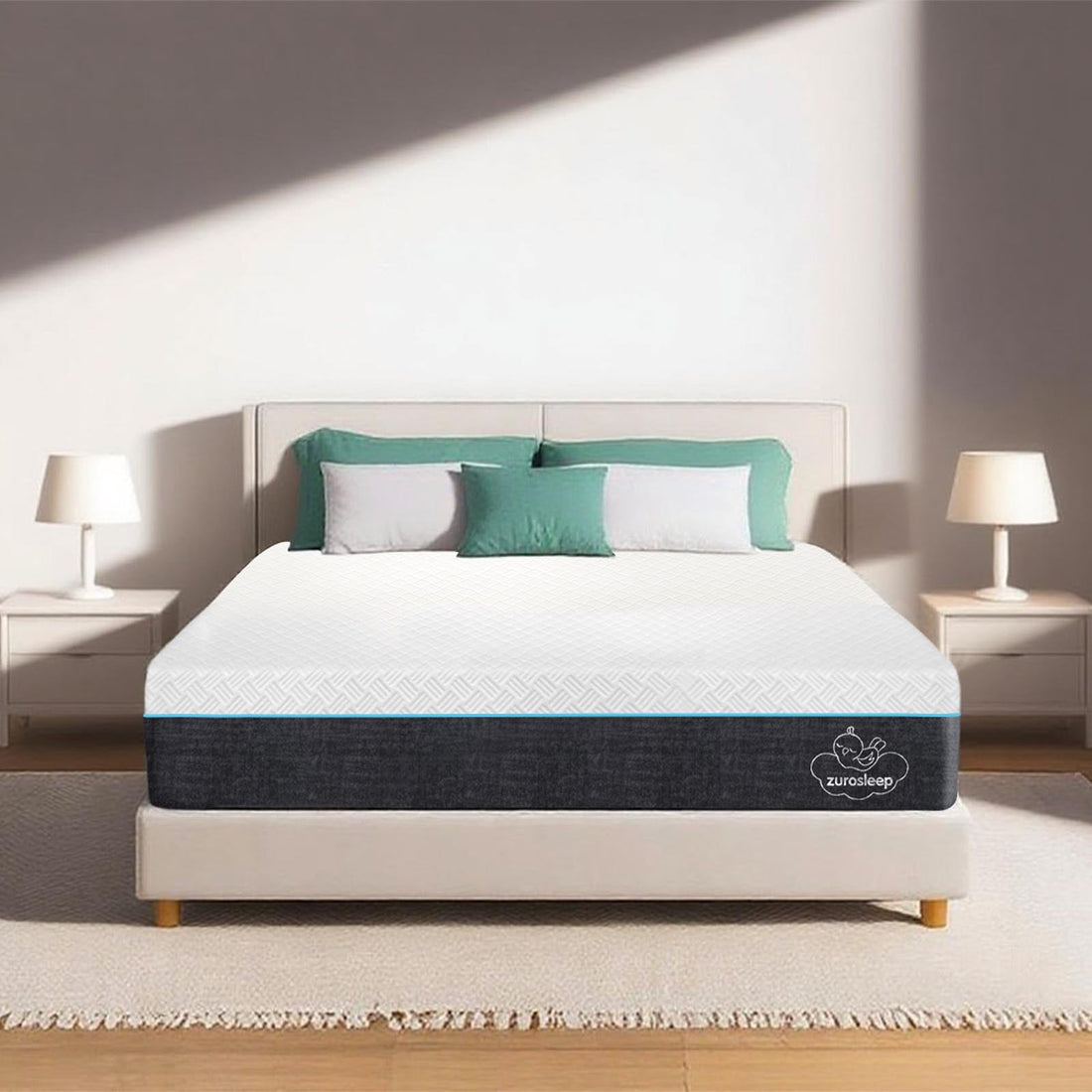
7 Things to Know Before Buying Your First Memory Foam Mattress
Buying your first memory foam mattress can feel like a big decision — and rightly so. After all, the quality of your sleep affects everything from your mood and energy levels to your overall health. Memory foam mattresses are well-known for their pressure-relieving comfort, contouring support, and motion isolation, making them an increasingly popular choice. But with so many options out there, where should you begin?
Here’s a detailed guide to help you make an informed and confident decision when choosing your first memory foam mattress.
1. Understand Your Sleeping Preferences
Before anything else, take a moment to think about how you sleep. Are you a back sleeper, side sleeper, or stomach sleeper? Do you toss and turn? Do you sleep hot? All of these factors will influence the type of memory foam mattress that’s right for you.
Side sleepers generally benefit from softer memory foam that cushions the shoulders and hips.
Back and stomach sleepers typically need firmer support to keep the spine aligned.
If you sleep with a partner or pet, motion isolation and edge support become more important.
2. Choose the Right Firmness Level
Firmness is one of the most important aspects to consider. Memory foam mattresses usually range from soft to medium-firm to firm.
Soft (3–5/10): Best for lighter individuals or those who prefer a “sink-in” feeling.
Medium-firm (6–7/10): Ideal for most sleepers, especially those with back or joint issues. Provides a balance between support and comfort.
Firm (8–9/10): Better for those who need more support and prefer a firmer sleeping surface.
Keep in mind that firmness can feel different depending on your body weight. Heavier individuals may find a medium mattress feels softer, while lighter people may feel it’s firmer than expected.
3. Check Mattress Thickness and Layer Construction
Memory foam mattresses are usually between 8 and 14 inches thick. Thicker mattresses often offer better cushioning, especially for side sleepers or people with joint sensitivity.
A good memory foam mattress should have:
A comfort layer: Made of soft memory foam that conforms to your body.
A transition layer: Adds support and prevents you from sinking too far.
A support base: Dense foam that maintains structure and durability.
Higher-end models may include extra layers for cooling, airflow, or zoned support.
4. Temperature Regulation and Cooling Technology
One common concern with memory foam is heat retention. If you tend to sleep hot, it’s essential to look for mattresses with cooling features:
Gel-infused foam: Helps dissipate heat away from the body.
Breathable covers: Promotes airflow through the surface of the mattress.
Open-cell foam or perforated layers: Improves ventilation and prevents heat build-up.
Modern memory foam designs have improved greatly in this area, so be sure to look at product specs or user reviews focused on temperature control.
5. Motion Isolation and Edge Support
If you share your bed, motion isolation is a must-have. One of the standout features of memory foam is its ability to absorb movement, meaning you're less likely to be disturbed by a partner tossing or turning.
Edge support is another feature to consider, especially if you sleep near the sides or sit on the edge of the bed frequently. Not all memory foam mattresses excel here, so look for ones with reinforced edges.
6. Materials and Certifications
Your mattress should not only be comfortable but safe. Look for certifications like:
CertiPUR-US®: Ensures the foam is made without harmful chemicals like formaldehyde or heavy metals, and has low VOC (Volatile Organic Compound) emissions for indoor air quality.
Choosing a certified mattress gives you peace of mind that you're sleeping on a product that's safe for your health and the environment.
7. Warranty and Sleep Trial
A reputable brand should offer a generous sleep trial and warranty. Since it can take a few weeks for your body to adjust to a new mattress, a trial period of at least 30 nights is ideal.
Also, check for:
Free returns in case it’s not the right fit
A solid warranty (typically 10 years or more) to protect your investment
Final Thoughts
Buying your first memory foam mattress doesn’t have to be intimidating. The key is to match the mattress to your sleeping style, comfort needs, and lifestyle. Whether you’re looking for pressure relief, better back support, or just more restful nights, the right memory foam mattress can transform how you sleep.
At ZuroSleep, we design mattresses with real people in mind — blending support, comfort, and durability to suit every kind of sleeper. Explore our range and discover a better way to rest.
